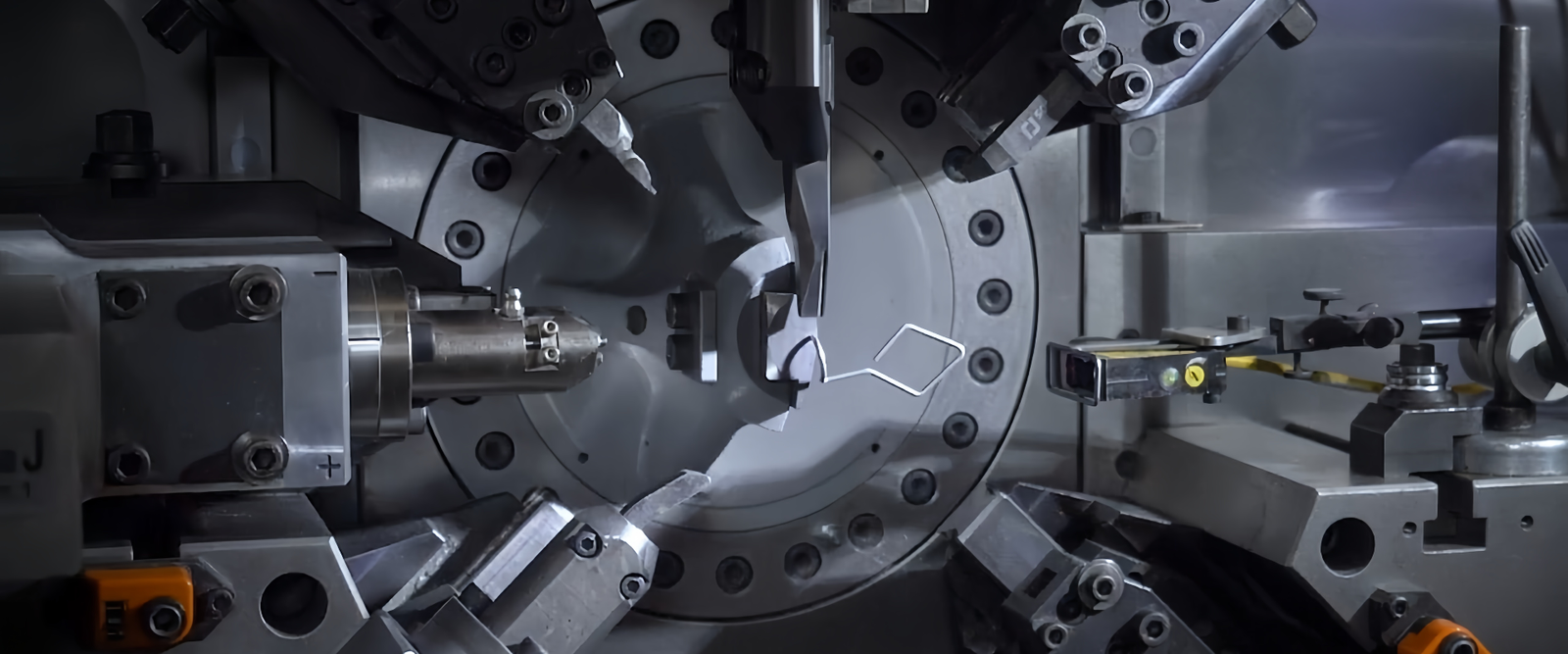In the medical industry, precision and reliability are key. Among the many components that play a critical role in medical devices, springs—specifically long medical springs—are often overlooked, yet essential. These springs come in various forms, including compression, torsion, and tension springs, each serving a unique purpose in medical applications.
Long springs are flexible components designed to store mechanical energy. They are characterized by their ability to compress, extend, or twist depending on the type of spring. In medical devices, they ensure functionality, safety, and efficiency.
Types of Long Springs
- Long Compression Springs: These springs are designed to compress under a load. In medical devices, they often serve as shock absorbers or are used in applications requiring controlled movement.
- Long Torsion Springs: Torsion springs work by applying torque or rotational force. They are commonly used in devices that require a twisting action.
- Long Tension Springs: Also known as extension springs, these are used to apply a pulling force. They return to their original length when the force is removed, which is useful in various medical applications.
Medical Applications of Long Springs
Springs are found in numerous medical devices and applications. Let’s explore how each type of spring is utilized in the industry.
Long Compression Springs in Medical Devices
Long compression springs are integral to many medical devices. They are commonly found in:
- Syringes: These springs help in the smooth operation of the plunger, ensuring accurate dosage and easy use.
- Ventilators: Used to maintain consistent pressure and support the mechanical movement of ventilators, ensuring patient safety.
- Surgical Robots: Precision is key in robotic surgery, and compression springs contribute to the precise control of robotic arms.
Long Torsion Springs in Medical Applications
Torsion springs are pivotal in devices that require a rotational force. Their applications include:
- Prosthetics: Torsion springs enable movement in prosthetic limbs, providing more natural motion and flexibility.
- Dental Tools: Used in dental equipment to apply rotational force, essential for certain procedures.
- Wheelchairs: They help in the folding and unfolding mechanisms, making wheelchairs more portable and user-friendly.
Long Tension Springs in Healthcare
Tension springs play a significant role in various healthcare devices:
- Hospital Beds: These springs are used to adjust the bed position, ensuring patient comfort and ease of use for healthcare providers.
- Fitness Equipment: Used in resistance training equipment, they help patients in rehabilitation by providing adjustable resistance.
- Orthopedic Braces: Tension springs offer support and flexibility, essential for patient mobility and recovery.
Benefits of Using Long Springs in Medical Devices
The use of long springs in medical devices offers several advantages:
- Durability: Long medical springs are made from high-quality materials that ensure longevity and reduce the need for frequent replacements.
- Precision: They provide accurate movement and control, crucial for medical procedures and devices.
- Cost-Effectiveness: Springs are relatively inexpensive components that offer significant functionality, reducing overall device costs.
- Versatility: Their ability to be customized for specific applications makes them suitable for a wide range of medical devices.
The Manufacturing Process of Long Springs
The production of long springs involves several steps to ensure they meet the stringent standards required in the medical industry:
- Material Selection: Springs are typically made from stainless steel or titanium, known for their strength and resistance to corrosion.
- Design and Testing: Springs are designed using precise calculations to meet specific load and movement requirements. They undergo rigorous testing to ensure reliability and safety.
- Customization: Depending on the application, springs can be customized in terms of length, diameter, and tension to fit specific device requirements.
Future Trends in Long Springs for Medical Use
As technology advances, the role of springs in medical devices continues to evolve. Some future trends include:
- Miniaturization: With the trend towards smaller, more compact medical devices, there is a growing demand for miniaturized springs that maintain functionality without compromising strength.
- Smart Springs: Development of springs with embedded sensors that can provide real-time data on device performance and patient condition.
- Biocompatible Materials: Use of materials that are more compatible with the human body, reducing the risk of adverse reactions.
Conclusion
Long springs are indispensable in the medical industry, providing essential functions in a wide range of devices. From compression to torsion and tension springs, each type offers unique benefits that contribute to the safety, efficiency, and effectiveness of medical equipment. As technology progresses, the innovation in spring design and application promises even greater advancements in healthcare.
By understanding the role of these vital components, we can better appreciate the intricate workings of medical devices and the importance of reliable, high-quality springs in ensuring their success.
.png)



